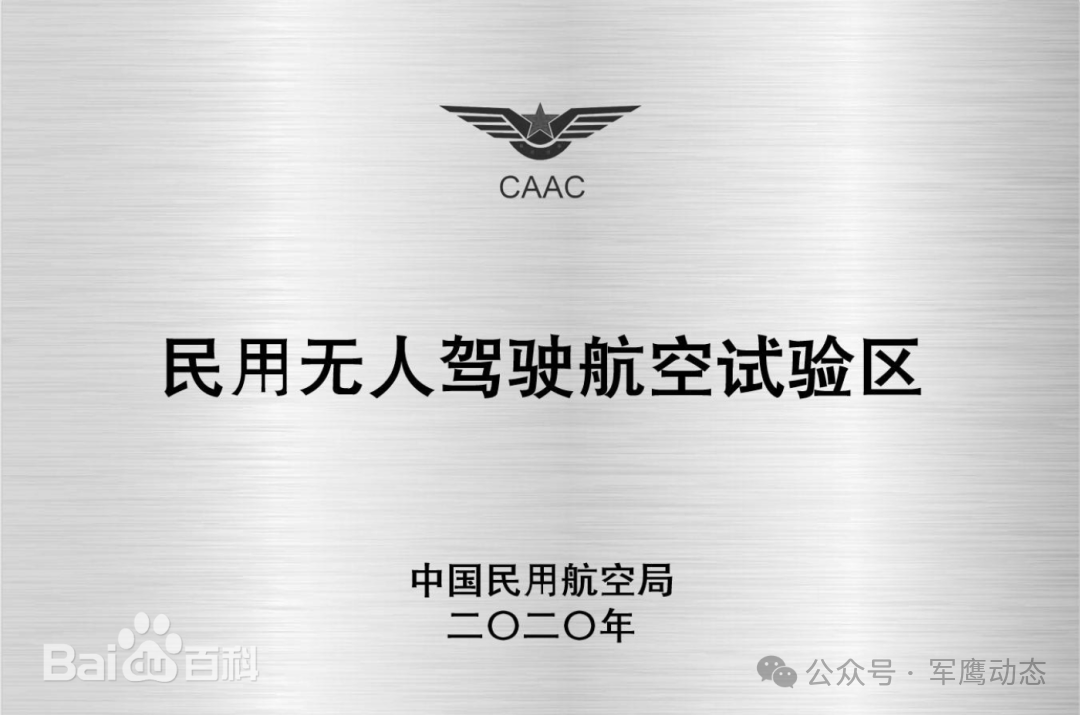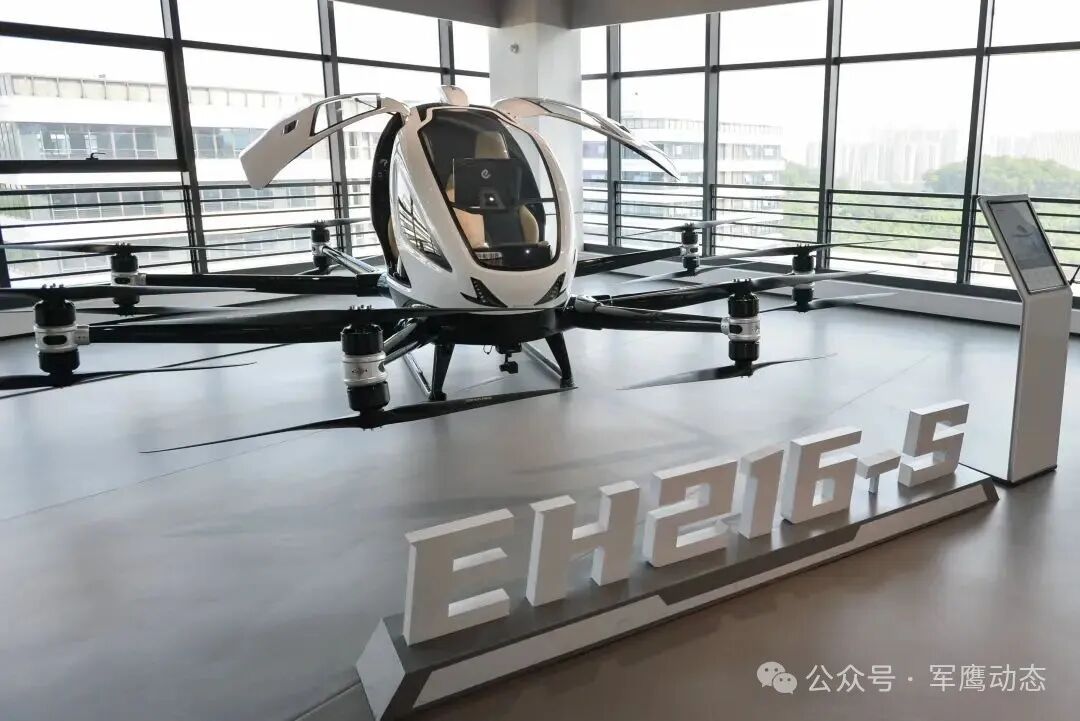


Think Tank Highlights #Global Defense Dynamics #US Military Dynamics #Russian Military Dynamics #Taiwan Affairs #Micro Store Sales
#South Korea #Raytheon #Japan #Electronic Warfare #Northeast Asia Military Dynamics #Drones
The following content is sourced from Drones, reprinted from Drones
The global drone market is expected to exceed $583.5 billion by 2030, with China accounting for 70% of the consumer market. DJI leads the global civil drone sector, with agricultural protection operations exceeding 1 billion acres annually. 5G and AI technologies are reshaping logistics, environmental monitoring, and other scenarios, while low-altitude economic policies accelerate the trillion-dollar industry’s takeoff, and intelligent cluster operations open a new chapter in aerial revolution.
In recent years, China’s drone industry has experienced explosive growth, with the market size jumping from 4.1 billion yuan in 2013 to 176.5 billion yuan in 2024 (in the civil sector), and is expected to exceed 300 billion yuan by 2025 (mainly in the consumer sector). Policy support and technological breakthroughs are the main driving forces, such as the “14th Five-Year Plan for General Aviation Development” which clearly lists the drone industry as a key area, promoting the number of enterprises to increase to 18,000 and certified operators to exceed 220,000. DJI Innovation holds over 70% of the global consumer drone market share, with a domestic market share exceeding 80%, becoming the industry benchmark. Industrial drones are rapidly penetrating fields such as agriculture, logistics, and energy, with the agricultural drone market expected to exceed 5 billion yuan by 2025, and logistics delivery order volume growing at 200% annually. Drones, as unmanned aerial vehicles controlled by radio remote control devices and self-programmed control devices, have seen a continuous expansion of market size in recent years. Globally, their application fields are constantly expanding, transitioning from military uses to civil applications such as agricultural protection, logistics delivery, geographic surveying, and aerial photography, driving rapid growth in the drone market.
Drones, as unmanned aerial vehicles controlled by radio remote control devices and self-programmed control devices, have seen a continuous expansion of market size in recent years. Globally, their application fields are constantly expanding, transitioning from military uses to civil applications such as agricultural protection, logistics delivery, geographic surveying, and aerial photography, driving rapid growth in the drone market.
Drones are mainly composed of the following systems:
1. Flight Control System: Includes main control chips, sensors (such as GPS, gyroscopes), and navigation algorithms to achieve stable flight and autonomous obstacle avoidance.
2. Power System: Includes motors, batteries (such as lithium batteries), and propellers, with flight times ranging from 30 minutes to several hours; battery technology is key to enhancing performance.
3. Payload: Depending on the application scenario, it can carry cameras (for aerial photography), infrared sensors (for inspections), pesticide spraying devices (for agriculture), etc.
4. Communication and Image Transmission System: Relies on 5G technology for real-time data transmission, supporting remote control and high-definition video feedback.
5. Structural Frame: Lightweight materials (such as carbon fiber) ensure strength and portability.

In the global drone market, DJI occupies a significant position.According to data from global drone market research firm Drone Industry Insight, in 2023, DJI Innovation ranks first among the top five global civil drone companies.DJI monopolizes approximately 70%-80% of the commercial drone market worldwide.
Governments around the world are increasingly improving regulatory policies for drones, ensuring flight safety and airspace management while gradually opening low-altitude areas, creating favorable conditions for the commercialization of drones.For example, the Civil Aviation Administration of China has approved the establishment of 17 civil unmanned aerial vehicle test zones and 3 test bases, covering scenarios such as urban areas, islands, branch logistics, and comprehensive application expansion.

● Increased Demand for Talent
Rich and diverse job opportunities: The rapid development of the drone industry has created a large number of job positions, covering drone pilots, flight control algorithm engineers, hardware development engineers, operations management engineers, after-sales service engineers, and more.According to incomplete statistics, there are currently over 500,000 personnel related to drones in China, growing at a rate of about 20% annually.
Talent training systems are gradually improving: Some provinces and cities have introduced talent policies to support the development of the low-altitude economy, and universities are continuously strengthening the construction of drone-related majors and talent training efforts.
Main Domestic Drone Companies
1. Consumer Sector:
DJI Innovation: Holds over 70% of the global market share, with the Mavic series known for its aerial photography capabilities.
Zero Tech: Focuses on miniaturization and intelligence, promoting diversification in the consumer market.
2. Industrial Sector:
Zhongan Co.: The first listed company in China’s industrial drone sector, with vertical take-off and landing fixed-wing models used in surveying and inspections.
XAG Technology: Deeply engaged in agricultural drones, covering scenarios such as plant protection and seeding.
3. Logistics and Emerging Fields:
JD Logistics: Pilot programs for drone delivery in remote mountainous areas, showing significant efficiency improvements.
EHANG: Focuses on manned drones and urban air traffic.

Future Trends
1. Intelligence and Autonomy: AI technology drives drones to achieve autonomous obstacle avoidance and target recognition, lowering operational thresholds.
2. Industry Chain Integration: Upstream battery and sensor companies (such as Sunwoda) collaborate deeply with downstream application scenarios to form a complete ecosystem.
3. Policy Standardization: Expansion of low-altitude economic pilot programs promotes the commercialization of drones in more cities.
Conclusion
The Chinese drone industry is transitioning from a consumer-led market to diversified industrial applications under the triple drive of technology, policy, and market demand. Despite facing challenges such as endurance and regulations, its innovative practices in agriculture, logistics, and rescue have shown great potential, and it is expected to become an important pillar of the low-altitude economy in the future.
Reprint Statement
This article is sourced from publicly available information or has been authorized for reprint through the original public account whitelist. The copyright belongs to the original author. The content of the article does not represent the views of this platform or its authenticity. The purpose of reprinting is to convey information and for online sharing. If there are copyright issues, please contact us promptly, and we will delete it as soon as possible.

